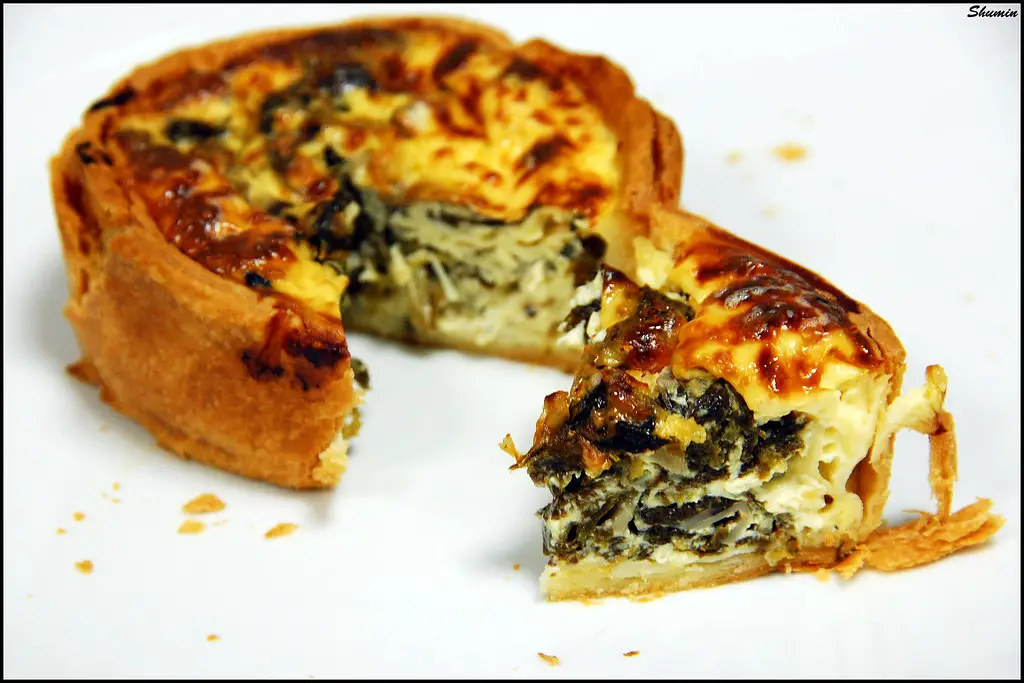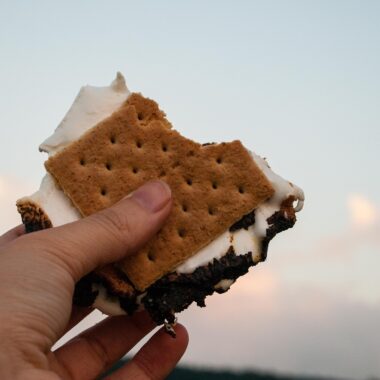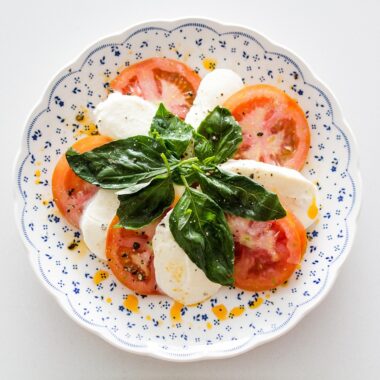Food has always been a reflection of culture, history, and tradition. Among the vast array of culinary creations, delicacy foods hold a unique and prestigious place. Often associated with rarity, exquisite taste, and high value, delicacies are culinary treasures that encapsulate the essence of a region’s heritage and creativity. From the luxurious to the unconventional, delicacy foods span the globe, tantalizing taste buds and inspiring culinary artistry.
What Defines a Delicacy?
A delicacy is not just about taste; it’s an experience. These foods are often defined by their rarity, the skill required in their preparation, and their cultural significance. Delicacies can be ingredients, dishes, or even entire cuisines. They might be prized for their unique flavor profiles, historical relevance, or the meticulous methods involved in harvesting or cooking them.
To truly understand delicacies, one must delve into their cultural roots. For example, Japan’s Kobe beef is revered not only for its melt-in-your-mouth texture but also for the rigorous standards and care taken in raising the cattle. Similarly, France’s truffles are celebrated for their elusive nature and intense, earthy aroma, often commanding thousands of dollars per pound.
Kobe beef is synonymous with luxury. Derived from Wagyu cattle raised in Hyōgo Prefecture, this beef is renowned for its marbling and tenderness. The cattle are pampered with specialized diets and even massages, resulting in meat that is a true culinary masterpiece. Served as steak, sashimi, or shabu-shabu, Kobe beef’s delicate flavor and buttery texture make it a global icon of fine dining.
Beluga Caviar (Russia and Iran)
Caviar, specifically Beluga caviar, is often regarded as the epitome of opulence. Harvested from the Beluga sturgeon primarily found in the Caspian Sea, these tiny pearls are prized for their delicate flavor and luxurious texture. Often served with blinis and Crème fraîche, this delicacy is a staple in high-end culinary experiences.
Truffles (France and Italy)
Known as the “diamonds of the kitchen,” truffles are subterranean fungi that grow in symbiosis with tree roots. Black truffles from Périgord, France, and white truffles from Alba, Italy, are particularly sought after. Truffle hunting is a craft in itself, involving trained dogs or pigs. Their intense aroma and flavor elevate dishes such as risottos, pastas, and even scrambled eggs to extraordinary heights.
Bird’s Nest Soup (China)
A prized delicacy in Chinese cuisine, bird’s nest soup is made from the nests of swiftlets. These nests are composed of solidified saliva and are renowned for their purported health benefits, including skin rejuvenation and immune system enhancement. The soup’s gelatinous texture and subtle flavor make it a favorite among gourmands.
Foie Gras (France)
Foie gras, a rich and buttery delicacy, is made from the liver of a duck or goose that has been specially fattened. Often served as a pâté, terrine, or seared, foie gras is a symbol of French gastronomy. Despite ethical debates surrounding its production, it remains a cornerstone of haute cuisine.
Fugu (Japan)
Fugu, or pufferfish, is both a delicacy and a test of culinary skill. Known for its potentially lethal toxins, fugu must be prepared by licensed chefs who have undergone rigorous training. When done correctly, the fish offers a delicate, slightly chewy texture and a mild flavor that pairs well with dipping sauces and sake.
Hákarl (Iceland)
Hákarl is a traditional Icelandic delicacy made from fermented Greenland shark. The preparation process involves burying the shark to ferment and then air-drying it for several months. Known for its strong ammonia-like smell and unique taste, hákarl is an acquired taste that reflects Iceland’s resilience and resourcefulness.
Durian (Southeast Asia)
Nicknamed the “king of fruits,” durian is both loved and loathed for its pungent aroma and creamy texture. Native to Southeast Asia, this spiky fruit is a delicacy in countries like Thailand, Malaysia, and Indonesia. Despite its divisive smell, durian’s rich, custard-like flesh is a treat for those who appreciate its complex flavor.
Escargot (France)
Escargot, or cooked land snails, is a quintessential French delicacy. Typically prepared with garlic, parsley, and butter, escargot offers a tender texture and a flavor that is both earthy and indulgent. This dish is a testament to the French ability to transform humble ingredients into gastronomic wonders.
Jamón Ibérico (Spain)
Spain’s Jamón Ibérico is a cured ham made from black Iberian pigs. These pigs are fed a diet of acorns, which imparts a distinct nutty flavor to the meat. Aged for up to four years, Jamón Ibérico is thinly sliced and enjoyed as a standalone delicacy or paired with wine and cheese.
The Ethical and Environmental Aspects of Delicacies
While delicacies are celebrated for their uniqueness and luxury, they often come with ethical and environmental concerns. The production of some delicacies, such as foie gras and shark fin soup, has sparked debates over animal welfare and sustainability. Overfishing and habitat destruction threaten the populations of sturgeon for caviar and truffles.
In response to these challenges, sustainable practices and ethical alternatives are gaining traction. For instance, lab-grown caviar and plant-based foie gras are emerging as viable options that preserve the essence of these delicacies while minimizing environmental impact.
The Economics of Delicacy Foods
Delicacies are often associated with high prices, driven by factors such as rarity, production costs, and demand. The exclusivity of these foods makes them symbols of status and sophistication. Fine dining establishments and gourmet retailers cater to a niche market of consumers willing to pay a premium for these culinary treasures.
However, the accessibility of delicacies is changing. Globalization and advancements in food preservation and transportation have made some delicacies more widely available. While this democratization has its benefits, it also raises concerns about overexploitation and loss of cultural authenticity.
How to Enjoy Delicacies
For those new to delicacies, approaching them with an open mind and a sense of adventure is key. Here are some tips for savoring these extraordinary foods:
Research: Learn about the history, preparation, and cultural significance of the delicacy.
Pairings: Complement the delicacy with appropriate beverages or accompaniments to enhance its flavors.
Savor Slowly: Take your time to appreciate the texture, aroma, and taste.
Respect Local Customs: If enjoying a delicacy in its country of origin, follow local dining etiquette.
Conclusion
Delicacy foods are more than just gastronomic indulgences; they are windows into the cultures and traditions of the world. From the luxurious to the unconventional, these foods challenge our palates and expand our understanding of culinary artistry. Whether you’re savoring the buttery richness of foie gras or braving the bold flavors of hákarl, delicacies remind us of the endless possibilities in the world of food.
As we continue to celebrate and preserve these culinary treasures, let us also strive for sustainability and inclusivity, ensuring that future generations can partake in the magic of delicacies. After all, food is not just about nourishment; it’s about connection, discovery, and the shared joy of extraordinary experiences.


















